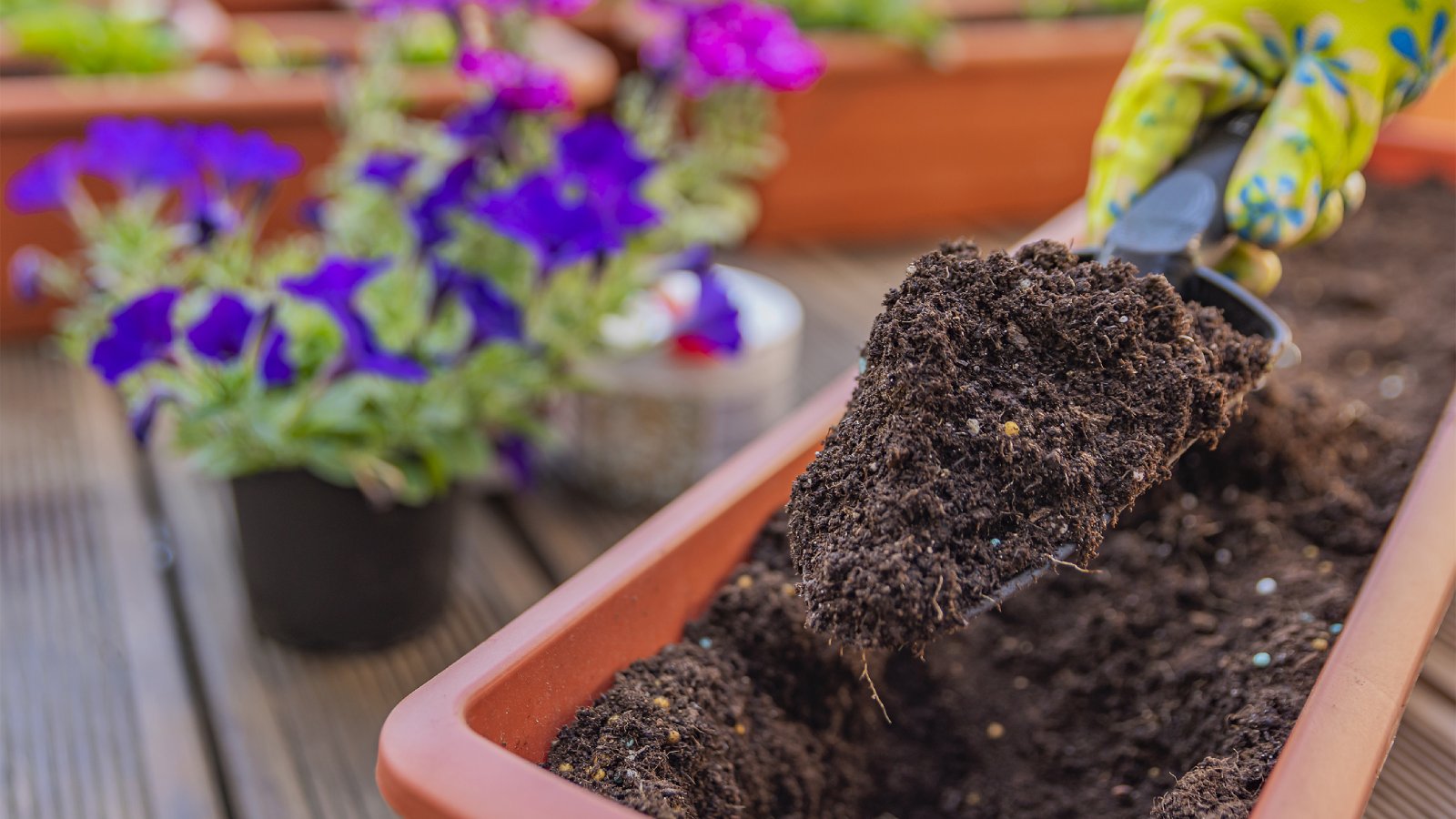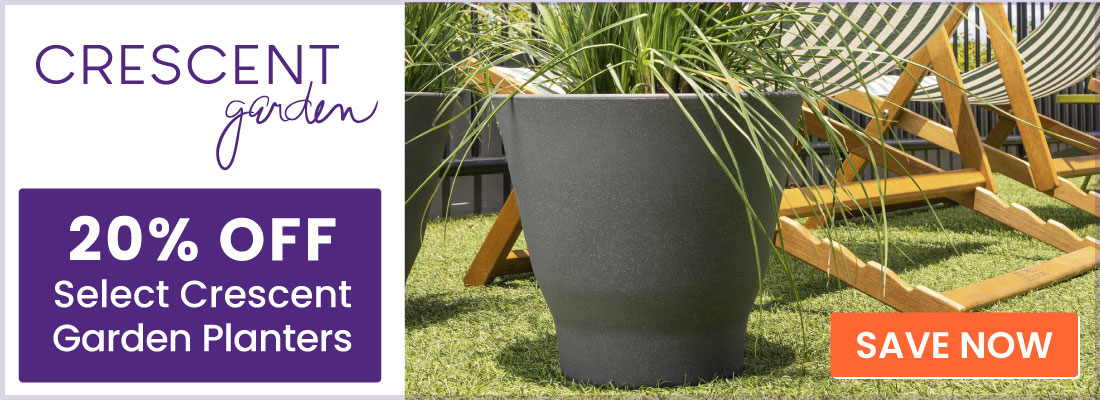Why So Many Gardeners Are Switching To Peat-Free Compost – And Why You Should, Too
There are plenty of alternatives to peat moss, like peat-free compost and coconut coir. Learn why peat moss has lost favor among gardeners, and make the change!

More and more of us are turning to peat-free compost for our gardening needs. As gardeners, it’s likely we’ve all used soil medium or soilless seed starting medium that contains peat moss.
So why is peat-free gardening gaining a foothold? Well, despite attempts by those who profit off of and harvest peat bogs in saying that the product is “eco-friendly”, the harvest and use of peat is anything but. As more of us educate ourselves on how a peat bog is formed, its importance as a delicate ecosystem and the dangers harvesting and processing peat has on the environment, we’re choosing peat-free gardening. Keep reading to learn some peat moss information, as well as its role in our environmental health.
What is Peat Moss?
Peat moss, which are in the Sphagnum genus, are partially decomposed plant materials that build up over centuries, even millennia in wet, oxygen deprived bogs. Without oxygen, the plant debris takes millennia to break down. It is made up of three layers. The deeper the layers go, the more broken down the plant material becomes.
The first or upper layer is made up of sphagnum moss, living moss harvested for decorative uses. The second layer down is harvested for use in bagged potting mixes and as a soil amendment. This second layer is much more, although not entirely, composed of decomposed plant material. The third layer is located deeper still, 5-7.5 feet (1.5-2 m) down and is composed of mostly decomposed plant life.
Why Is Peat Moss Bad?
Peat bogs and fens only encompass about 5% of the earth but contain more carbon than all the earth’s forests combined. As the peat is harvested, it releases this stored carbon in the form of carbon dioxide, a greenhouse gas responsible for much of climate change.
Along with that, stripping peat bogs disturbs and even destroys valuable ecosystems known only to exist in peatlands, but which are vital to our environment as a whole.
Companies that harvest peat now more commonly respond to their critics by replanting harvested bogs. The problem here is that 30-40 years may elapse before the bog quits emitting carbon. Meanwhile as the bog is harvested, native plant and animal species are destroyed, often never to return again.
Sign up for the Gardening Know How newsletter today and receive a free copy of our e-book "How to Grow Delicious Tomatoes".
How to Go Peat Free
The sale of peat moss in England is being banned for use by amateur gardeners by the end of 2024 and commercial by 2026. This is in response to the concern over decimated peatlands and their associated ecosystems. The same can’t be said for the United States, where peat products are still routinely sold.
Concerned consumers can do their part to reduce the reliance on peat products by checking labels on potting mixes and soilless mediums. They can opt for different products rather than peat moss when amending soils. They can also contact their legislature with their concerns about the continued use of peat. Public demand will propel manufacturer’s to come up with alternate solutions to peat.
Peat-Free Compost Alternatives
As the health of our planet begins to weigh heavily on more people, the option to go peat-free is becoming more popular. What exactly are the options?
Dried peat as a soil amendment is actually low in nutrients, has a low pH, and doesn’t contain or facilitate beneficial microorganisms. A better alternative is compost which does feed soil microbes as well as retaining water and improving drainage; but it does decompose more quickly than peat moss.
One of the best alternatives is coconut coir, sustainably harvested from coconut. The problem with coir is the amount of fossil fuel needed to transport the product.
Other options to replace peat moss include aged manure, wood chips, leaves and perlite.
Lastly, until more products are available that are peat free, you can make your own peat-free potting mix using compost, leaf mold and inorganic materials such as loam and sand.
Frequently Asked Questions
What are the disadvantages of peat-free compost?
One of the down sides of peat-free compost is that the ingredients may not be standardized, and may contain things like glass, metal or weed seed. Peat-free compost may not retain water as well and have less fertilizing capability than a mix with peat moss. Peat-free compost is also not suitable for seed starting. That said, unless you’re making your own peat-free compost which you can adjust accordingly, there will be some difference in various commercial brands of peat-free compost and some are better than others.
Which plants like peat-free compost?
Almost any plant can be grown in peat-free compost. However, a little shift in how you water and feed your plants might be in order for growers. There is even a peat-free compost available for ericaceous plants like blueberries that prefer a more acidic soil.
This article features products available from third-party vendors on the Gardening Know How Shop.

Amy Grant has been gardening for 30 years and writing for 15. A professional chef and caterer, Amy's area of expertise is culinary gardening.


